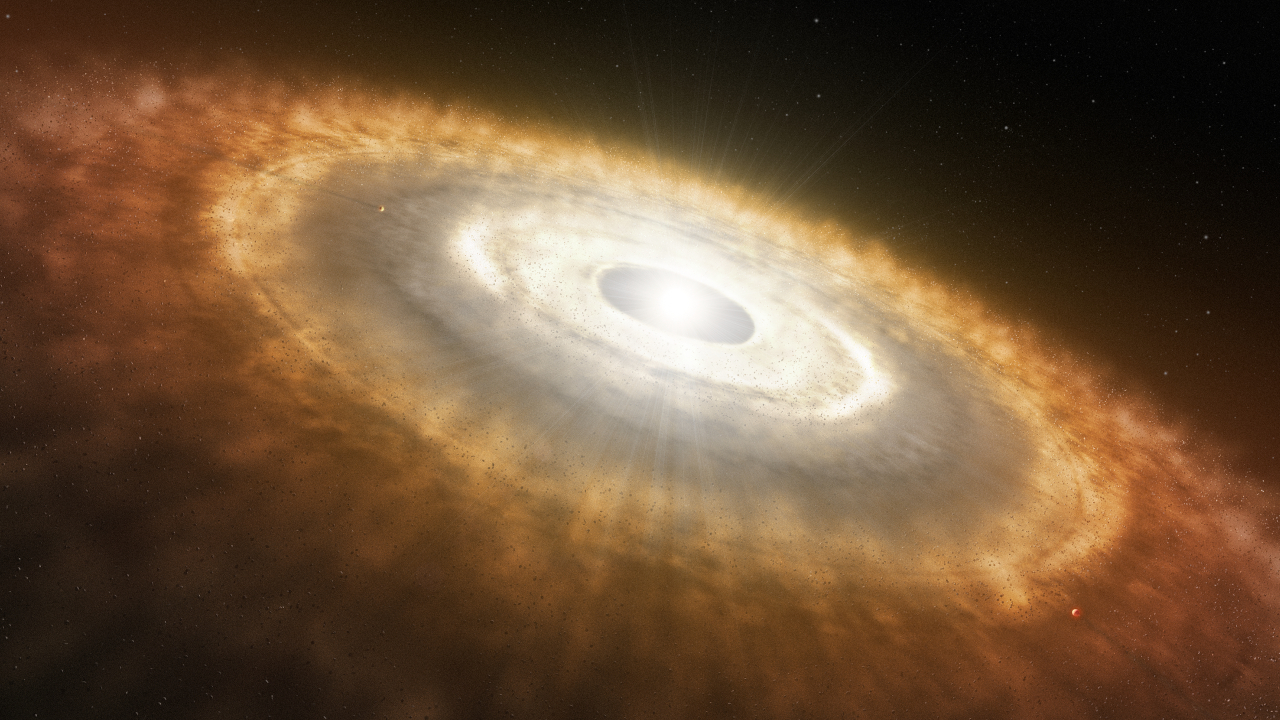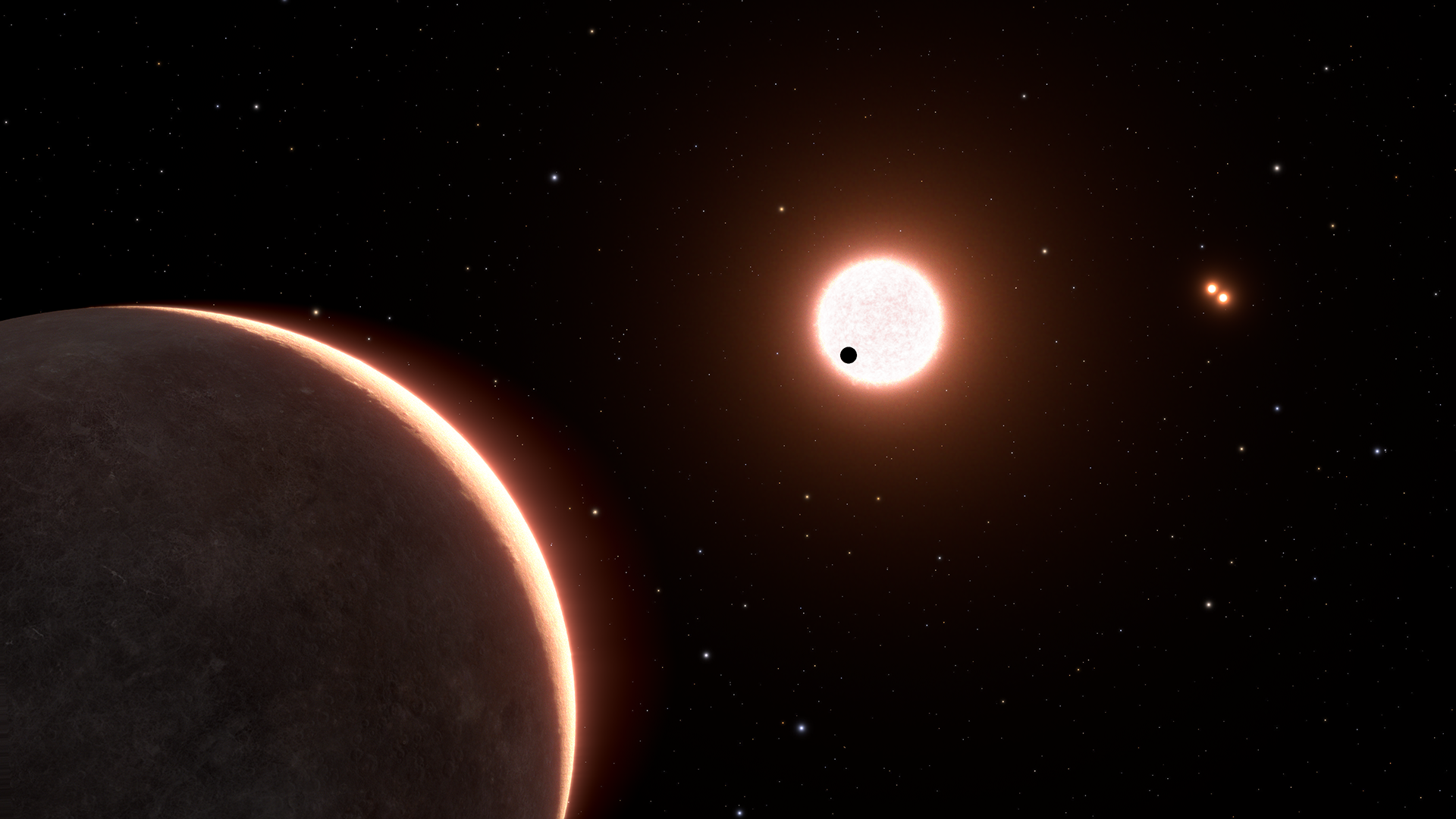Terrestrial Exoplanets
News & Articles

Discovery Alert: With Six New Worlds, 5,500 Discovery Milestone Passed!
4 min read
On Aug. 24, 2023, more than three decades after the first confirmation of planets beyond our own solar system, scientists…
Article5 months ago

NASA’s TESS Finds Intriguing World Sized Between Earth, Venus
5 min read
Using observations by NASA’s TESS (Transiting Exoplanet Survey Satellite) and many other facilities, two international teams of astronomers have discovered…
Article7 months ago

Discovery Alert: An Earth-sized World and Its Ultra-cool Star
4 min read
Our galaxy is a jewel box of red stars. More than 70% of the stars in the Milky Way are…
Article7 months ago

Webb Study Reveals Rocky Planets Can Form in Extreme Environments
5 min read
An international team of astronomers has used NASA’s James Webb Space Telescope to provide the first observation of water and…
Article1 year ago

NASA’s Hubble Measures the Size of the Nearest Transiting Earth-Sized Planet
3 min read
NASA’s Hubble Space Telescope has measured the size of the nearest Earth-sized exoplanet that passes across the face of a…
Article1 year ago

Strange New Worlds
1 min read
A world with two suns, a lava planet, and a world trapped in eternal darkness are just some of the…
Topic
Multimedia

Keep exploring




